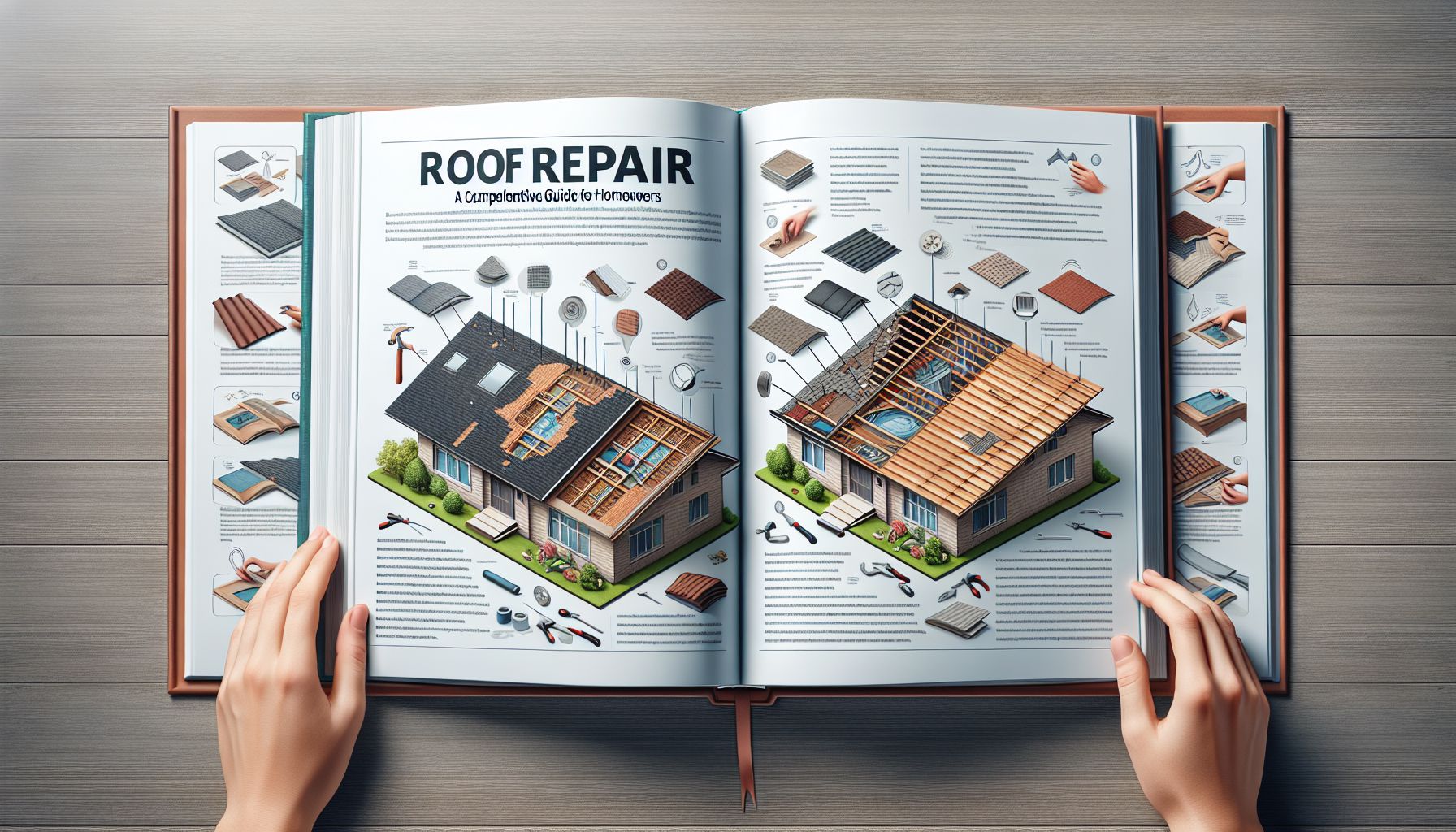Homeownership is a rewarding and fulfilling experience, but it also comes with its fair share of responsibilities. One such responsibility is the maintenance and repair of your home’s roof. When it comes to roof repair and replacement, it’s crucial to have a solid understanding of the process, the signs of damage, and the necessary steps to take. In this comprehensive guide, we will walk you through everything you need to know about roof repair, ensuring you can make informed decisions to protect your investment and your home.
The Importance of Regular Roof Inspections
Regular roof inspections should be an integral part of your home maintenance routine. By inspecting your roof at least twice a year, preferably in the spring and fall, you can catch any potential problems before they escalate into costly repairs or even a complete roof replacement.
During these inspections, keep an eye out for visible signs of damage, such as missing or cracked shingles, loose or damaged flashing, or signs of mold and rot. Additionally, pay attention to any interior signs of roof damage, such as water stains on your ceiling or walls, as these may indicate a leak. Identifying these issues early on can save you significant amounts of time, money, and frustration in the long run.
Addressing Roof Damage: Repair or Replacement?
Once you have identified roof damage, the next step is to determine whether it requires a repair or a full replacement. While some issues can be easily resolved with a repair, others may necessitate a complete overhaul. Here are a few factors to consider when making this decision:
Extent of Damage
Minor damage, such as a few missing shingles or a small leak, can often be repaired without the need for a complete replacement. On the other hand, significant damage, extensive leaks, or widespread wear and tear may call for a full roof replacement.
Age of the Roof
The age of your roof plays a significant role in determining whether to repair or replace. A typical asphalt shingle roof has a lifespan of around 20 to 25 years. If your roof is nearing the end of its lifespan and requires significant repairs, it might be more cost-effective and practical to opt for a replacement instead.
Cost Considerations
While repairs are generally less expensive upfront, it’s important to weigh the long-term costs. If you find yourself frequently patching up your roof, the accumulating costs may make a replacement the more economical choice.
Consider all these aspects carefully before making your decision. If you’re unsure, it’s always wise to consult with a professional roofing contractor who can provide expert advice tailored to your specific situation.
Common Roofing Issues and Their Solutions
Now let’s delve into some common roofing issues and explore the recommended solutions for each:
1. Leaks and Water Damage
Leaks are among the most common roof issues homeowners face. They can be caused by various factors, including damaged shingles, improper installation, or poor flashing. If you notice water stains on your ceiling or walls, it’s crucial to locate and repair the source of the leak as quickly as possible. Failure to address this issue promptly can lead to structural damage and even mold growth.
2. Damaged or Missing Shingles
Shingles that are cracked, curled, or missing are not only unattractive but can also compromise the integrity of your roof. Depending on the extent of the damage, you may be able to address this issue by replacing individual shingles, particularly if they are newer and still widely available. However, if the damage is extensive or if your roof is nearing the end of its lifespan, a complete replacement might be necessary.
3. Improper Ventilation
Proper ventilation is crucial for the longevity of your roof and the overall health of your home. Inadequate ventilation can lead to a buildup of heat and moisture, potentially causing damage to your roof deck, insulation, and shingles. If you notice signs of poor ventilation, such as excessive heat in your attic or condensation on your windows, consult with a professional who can assess your ventilation needs and make the necessary adjustments.
Hiring the Right Roofing Contractor
When it comes to something as important as your roof, it’s essential to entrust repairs or replacements to a reputable and experienced roofing contractor. Here are a few tips to help you find the right professional for the job:
-
Research – Start by researching local roofing contractors with a solid reputation and years of experience. Look for online reviews, ask for recommendations from friends and family, and check for any professional certifications or memberships.
-
Get Multiple Quotes – Obtain quotes from at least three different contractors. This will allow you to compare prices, services, and warranties to make an informed decision.
-
Ask for Proof of Insurance – Ensure that any roofing contractor you consider has adequate insurance coverage. This will protect you from liability in case of accidents or property damage during the repair or replacement process.
-
Check for Proper Licensing – Verify that the contractor holds all the necessary licenses and permits required by your local authorities. Working with an unlicensed contractor may not only jeopardize your roof but can also lead to legal and financial consequences.
Conclusion
Caring for your roof is an investment in the long-term health and value of your home. Regular inspections, prompt repair of any damage, and knowing when a replacement is necessary are all vital aspects of roof maintenance. By addressing issues early on and hiring a qualified professional, you can ensure your roof continues to protect your home and family for years to come. So, take proactive steps to maintain your roof’s health, and enjoy the peace of mind knowing your home is well protected from the elements above.
